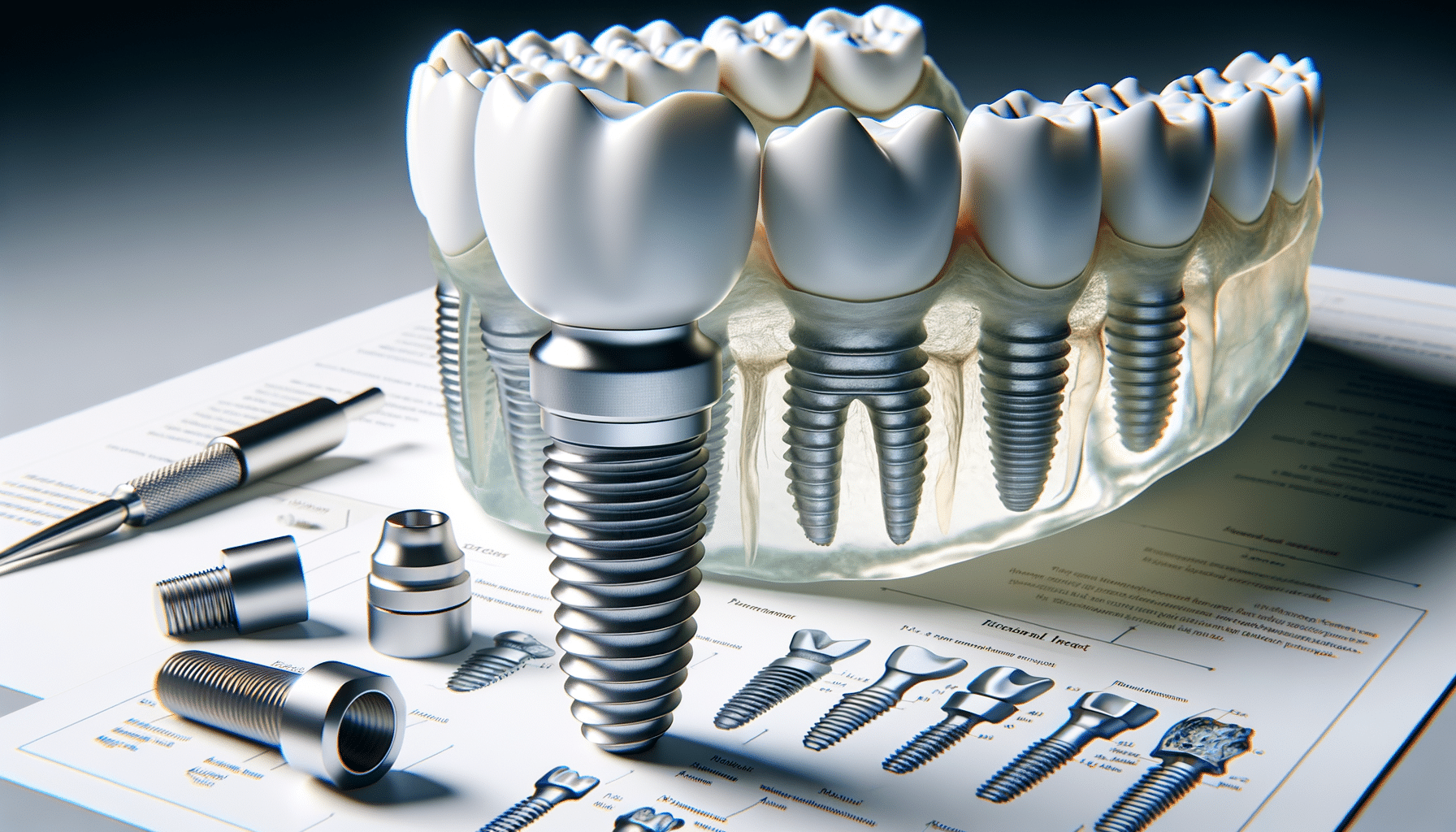
Exploring the World of Dental Implants: A Comprehensive Guide
Introduction to Dental Implants
Dental implants have emerged as a transformative solution in the field of dentistry, offering an exceptional alternative for individuals dealing with tooth loss. Unlike traditional dentures or bridges, dental implants provide a more permanent and natural-looking solution. The importance of dental implants cannot be overstated, as they not only restore the aesthetics of a smile but also play a crucial role in maintaining oral health. By integrating with the jawbone, implants help preserve bone density, prevent the shifting of adjacent teeth, and enhance the overall structure of the face. This comprehensive guide delves into the intricacies of dental implants, exploring their benefits, the procedure involved, and considerations for prospective candidates.
The Benefits of Dental Implants
Dental implants offer a multitude of advantages that make them a preferred choice for tooth replacement. One of the most significant benefits is their durability. Implants are designed to last for many years, often a lifetime, with proper care. This longevity is attributed to the materials used, typically titanium, which is biocompatible and integrates seamlessly with the jawbone. Moreover, dental implants provide superior comfort and functionality compared to other tooth replacement options. They eliminate the discomfort and inconvenience associated with removable dentures, allowing individuals to eat, speak, and smile with confidence.
Another notable benefit is the preservation of jawbone health. When a tooth is lost, the underlying bone can begin to deteriorate due to lack of stimulation. Dental implants mimic the root of a natural tooth, providing the necessary stimulation to maintain bone density. This not only prevents bone loss but also helps maintain the facial structure, preventing the sunken appearance that can occur with prolonged tooth loss.
Key benefits of dental implants include:
- Exceptional durability and longevity
- Enhanced comfort and natural appearance
- Preservation of jawbone health
- Improved oral function and speech
The Dental Implant Procedure
The process of getting dental implants involves several stages, each crucial to the success of the treatment. Initially, a comprehensive examination is conducted to assess the patient’s oral health and determine the suitability for implants. This includes taking X-rays and 3D images to evaluate the condition of the jawbone and surrounding structures. If the jawbone is insufficient to support an implant, bone grafting may be recommended to build up the bone.
Once the patient is deemed a suitable candidate, the surgical placement of the implant is scheduled. During this procedure, a small titanium post is inserted into the jawbone, serving as a replacement root for the missing tooth. This is followed by a healing period, often lasting several months, during which the implant integrates with the bone in a process known as osseointegration. Once fully integrated, an abutment is attached to the implant, and a custom-made crown is placed on top, completing the restoration.
The entire process requires meticulous planning and execution, often involving a team of dental professionals, including oral surgeons and prosthodontists, to ensure optimal outcomes for the patient.
Considerations and Candidacy for Dental Implants
While dental implants offer numerous benefits, they are not suitable for everyone. Certain factors must be considered to determine candidacy for this procedure. A key consideration is the patient’s overall health, as conditions such as uncontrolled diabetes or heart disease may affect the healing process. Additionally, sufficient jawbone density is essential to support the implant. In cases where bone loss has occurred, bone augmentation procedures may be necessary.
Age is another factor, although it is less restrictive than one might assume. Dental implants are suitable for adults of all ages, provided they have reached full skeletal maturity. It is also important for candidates to maintain good oral hygiene and be committed to regular dental visits, as these are critical for the long-term success of the implants.
For prospective candidates, a thorough consultation with a dental professional is essential to evaluate individual circumstances and discuss potential risks and benefits. This personalized approach ensures that the treatment plan is tailored to meet the specific needs and expectations of the patient.
Conclusion: The Transformative Impact of Dental Implants
Dental implants have revolutionized the field of restorative dentistry, offering a reliable and effective solution for those dealing with tooth loss. Their ability to restore not only the function but also the aesthetics of a natural smile makes them an outstanding option for many individuals. By understanding the benefits, procedure, and candidacy considerations associated with dental implants, patients can make informed decisions about their oral health. As technology and techniques continue to advance, the future of dental implants looks promising, with the potential to enhance the quality of life for countless individuals worldwide.


